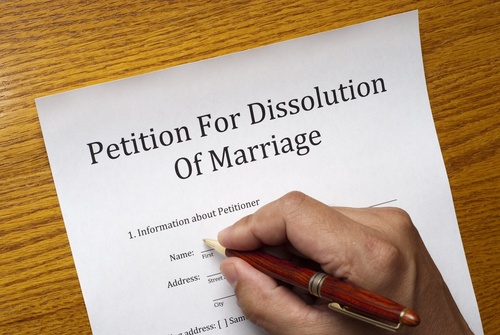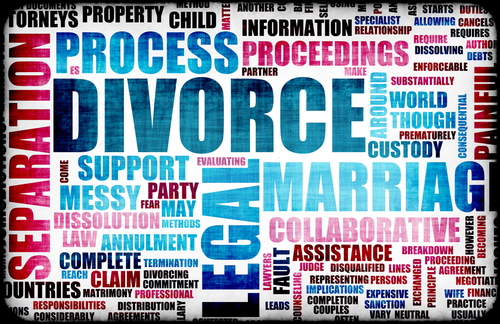 Virginia Cornwell is an Ohio State Bar Association Certified Family Relations Specialist and a Columbus Ohio Dissolution Lawyer. Approximately 100 attorneys in Ohio have received this honor. You can view other articles in the Dissolution in Ohio series by clicking any of the following links:
Virginia Cornwell is an Ohio State Bar Association Certified Family Relations Specialist and a Columbus Ohio Dissolution Lawyer. Approximately 100 attorneys in Ohio have received this honor. You can view other articles in the Dissolution in Ohio series by clicking any of the following links:
 Q. What is a Dissolution of Marriage?
Q. What is a Dissolution of Marriage?
Ohio Dissolution of Marriage (often mistakenly referred to as dissolutionment, disalution, disolusion, etc.):
- Both parties file a petition.
- A Separation Agreement must be attached to the petition. If the parties want shared parenting, a shared parenting plan must also be attached to the petition.
- By nature, a dissolution is uncontested
- The parties agree to all issues, including custody, child support, spousal support, division of assets, debts, household goods and property, retirement accounts, life insurance, etc.
- Both parties must appear at the final hearing, or the case will be dismissed
- The parties voluntarily exchange any financial or other information prior to filing the case, and there is no discovery process the parties may use to find out information about the other’s parties’ assets or liabilities (to learn about the discovery process, see Ohio Rules of Civil Procedure 26-37 and 45.
- There are no temporary orders while the case is pending (for more information regarding what temporary orders are, see Ohio Rules of Civil Procedure 75 or consult books about Ohio temporary orders.)
- There are no restraining orders preventing either party from disposing of or selling assets while the case is pending (see Ohio Rule of Civil Procedure 75)
- There is no trial
- An Ohio dissolution should be concluded within 90 days of the filing of the petition
- It costs less than a divorce.
CALL NOW at (614) 225-9316 or contact us by e-mail.
 Q. What is the difference between an Ohio divorce and dissolution?
Q. What is the difference between an Ohio divorce and dissolution?
Ohio Divorce
- One party files a complaint for divorce
- Can be contested or uncontested, depending upon whether the defendant answers and/or contests
- The Ohio divorce court can order temporary orders while the case is pending (for more information regarding what temporary orders are, see Ohio Rules of Civil Procedure 75 or consult books about Ohio temporary orders.)
- The Ohio divorce court can issue restraining orders while the case is pending to prevent either party from disposing of assets, harassing the other, etc. (see Ohio Rule of Civil Procedure 75)
- The parties are required to exchange financial and other information with each other during a process called “discovery” (to learn about the discovery process, see Ohio Rules of Civil Procedure 26-37 and 45.
- The case may result in a trial
- An Ohio divorce can last anywhere from 90 days to one year (no children) or 18 months or more (divorce with children). Some counties (Franklin, for one), have very crowded dockets, and may sometimes take longer that these time limits to conclude.
- It costs more than a dissolution.
